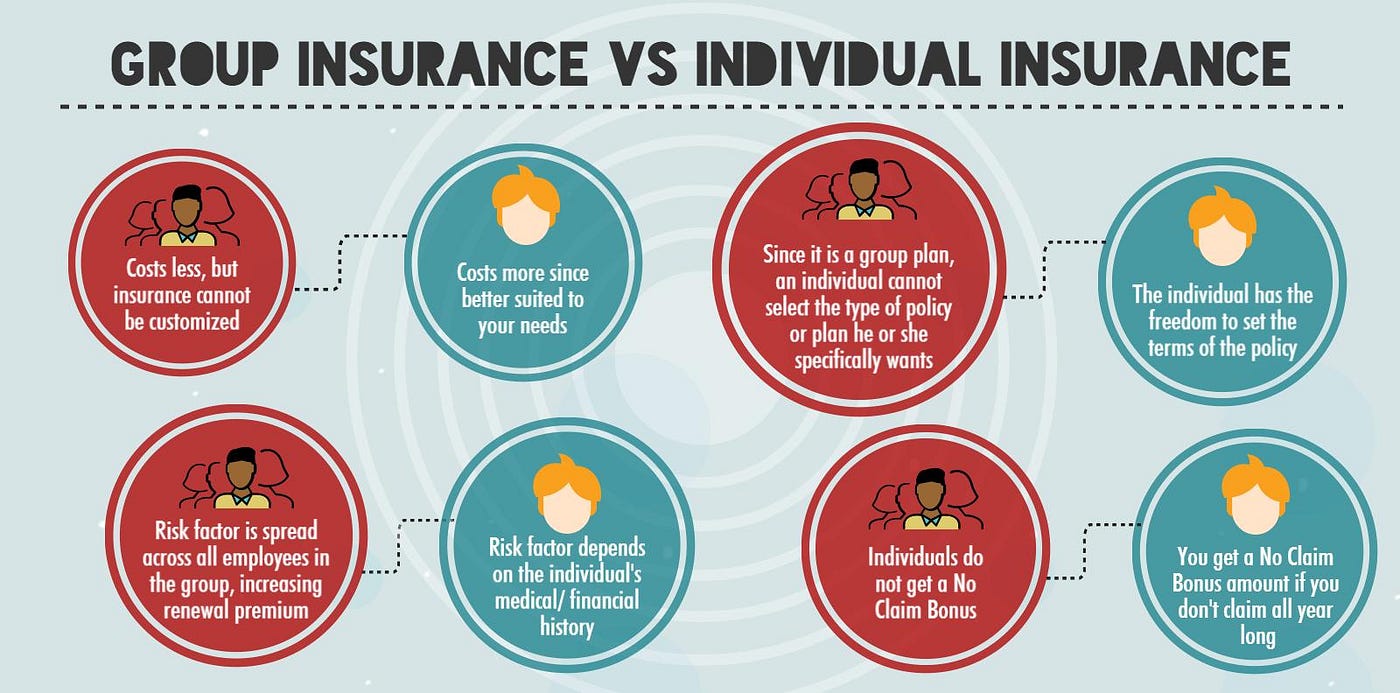An Unbiased View of Medicare Advantage Agent
Table of ContentsGetting The Medicare Advantage Agent To WorkThe Of Medicare Advantage Agent3 Easy Facts About Medicare Advantage Agent Described

follows from perplexing the fairly young age account of the without insurance with the better health and wellness, generally, of more youthful persons. This covers the link between wellness status and health and wellness insurance policy. For those without accessibility to work environment medical insurance, bad health is a potential obstacle to buying nongroup protection because such coverage may be very priced, omit preexisting problems, or be merely not available. The number of uninsured Americans is not particularly large and has not changed over the last few years. Seven out of ten respondents in a nationally representative study believed that fewer Americans lacked medical insurance than in fact do(Fronstin, 1998). About half(47 percent )thought that the variety of people without health insurance policy lowered or stayed continuous over the last fifty percent of the last decade(Blendon et al., 1999). This drop of almost 2 million in the number of individuals 'without insurance (a decrease
of around 4 percent)is absolutely a positive adjustment. With a softer economic situation in 2000 the newest reported gains in insurance policy coverage may not continue(Fronstin, 2001 ). The decline in the number of uninsured will certainly not continue if the economy stays slow-moving and healthcare prices proceed to exceed rising cost of living. This is since the information were accumulated for a period of strong financial performance. Of the approximated 42 million people that were without insurance, all however concerning 420,000(concerning 1 percent)were under 65 years of age, the age at which most Americans end up being eligible for Medicare; 32 million were adults between ages 18 and 65, about 19 percent of all adults in this age group; and 10 million were kids under 18 years old, regarding 13.9 percent of all kids (Mills, 2000). These quotes of the variety of individuals uninsured are produced from the yearly March Supplement to the Existing Populace Study (CPS), carried out by the Demographics Bureau. Unless otherwise noted, nationwide price quotes of people without health and wellness insurance and proportions of the populace with various type of insurance coverage are based upon the CPS, the most widely utilized source of quotes of insurance coverage and uninsurance prices. These studies and the price quotes they yield are explained briefly in Table B. 1 in Appendix B - Medicare Advantage Agent. These surveys differ in dimension and sampling approaches, the inquiries that are asked regarding insurance coverage
Medicare Advantage Agent Can Be Fun For Anyone
insurance coverage, and the time duration over which insurance policy protection or uninsurance is measured(Lewis et al., 1998, Fronstin, 2000a ). Still, the CPS is especially useful since it produces annual quotes fairly swiftly, reporting the previous year's insurance coverage approximates each September, and because it is the basis for a consistent set of price quotes for greater than two decades, permitting evaluation of fads in protection with time.

The Medicare Advantage Agent Statements
Over a three-year period beginning early in 1993, 72 million people, 29 percent of the united state populace, were without insurance coverage for at the very least one month. Within a solitary year(1994), 53 million people experienced at the very least a month without protection(Bennefield, 1998a). Six out of every ten uninsured adults are themselves utilized. Functioning does enhance the possibility that one and one's household participants will certainly have find insurance coverage, it is not an assurance. Even members of family members with 2 full-time wage income earners have almost a one-in-ten possibility of being without insurance (9.1 percent uninsured rate)(Hoffman and Pohl, 2000 you can try these out ). The connection between wellness insurance coverage and access to care is well established, as documented later in this chapter. Although the relationship in between health and wellness insurance policy and wellness results is neither direct neither straightforward, a considerable scientific and health services study literary works web links health insurance coverage
to better access to care, much better quality, and enhanced individual and populace health and wellness standing. The second report, on individual health and wellness end results for uninsured grownups, is represented by the innermost circle of the figure, while the third record, on household well-being, encompasses the subjects of the 2nd report however highlights a various system of analysis, specifically, the family. The 6th record in the collection will certainly provide information concerning strategies and campaigns carried out in your area, statewide, or across the country to deal with the absence of insurance and its negative influences. Levels of analysis for analyzing the effects of uninsurance. This conversation of medical insurance coverage focuses mostly on the U.S. populace under age 65 due to the fact that basically all Americans 65 and older have Medicare or other public insurance coverage.
It concentrates particularly on those without any type of wellness insurance for any size of time. The issues dealt with by the underinsured remain in some aspects similar to those dealt with by the uninsured, although they are normally less severe. Uninsurance and underinsurance, however, involve noticeably different policy issues, and the strategies for resolving them may differ. Throughout this research study and the 5 records to adhere to, the major emphasis is on persons with no medical click over here insurance and thus no help in paying for healthcare past what is offered through charity and safety net organizations. Wellness insurance policy is an effective factor impacting invoice of treatment since both clients and medical professionals react to the out-of-pocket cost of services. Medical insurance, nonetheless, is neither necessary nor enough to gain accessibility to medical solutions. However, the independent and straight effect of health
insurance policy coverage on access to health and wellness services is well established. Others will certainly get the healthcare they require also without wellness insurance, by spending for it expense or seeking it from service providers that use treatment complimentary or at highly subsidized rates. For still others, medical insurance alone does not make certain receipt of treatment due to various other nonfinancial barriers, such as an absence of healthcare service providers in their area, limited accessibility to transportation, illiteracy, or etymological and social distinctions. Formal study about uninsured populations in the USA dates to the late 1920s and early 1930s when the Committee on the Cost of Treatment produced a series of records regarding funding physician office gos to and hospital stays. This issue became prominent as the varieties of medically indigent climbed up during the Great Clinical depression. Empirical studies constantly support the link in between accessibility to care and enhanced wellness end results(Bindman et al., 1995; Starfield, 1995 ). Having a regular source of treatment can be taken into consideration a forecaster of access, instead of a direct procedure of it, when wellness end results are themselves used as access signs. This expansion of the idea of accessibility dimension was made by the IOM Board on Keeping An Eye On Gain Access To to Personal Wellness Treatment Provider(Millman, 1993, p. Whether moms and dads are guaranteed appears to impact whether or not their children receive care as well as how much careeven if the children themselves have coverage(Hanson, 1998). The health of parents can affect their ability to look after their kids and the level of household stress. Stressing over their youngsters's access to care is itself a source of stress for moms and dads. 3 phases comply with in this report. Phase 2 provides a summary of exactly how employment-based health and wellness insurance coverage, public programs and private insurance policies run and connect to give considerable yet insufficient protection of the U.S. populace. This consists of a review of historical trends and public laws influencing both public and personal insurance coverage, a conversation of the communications amongst the various types of insurance, and an exam of why individuals move from one program to one more or wind up
